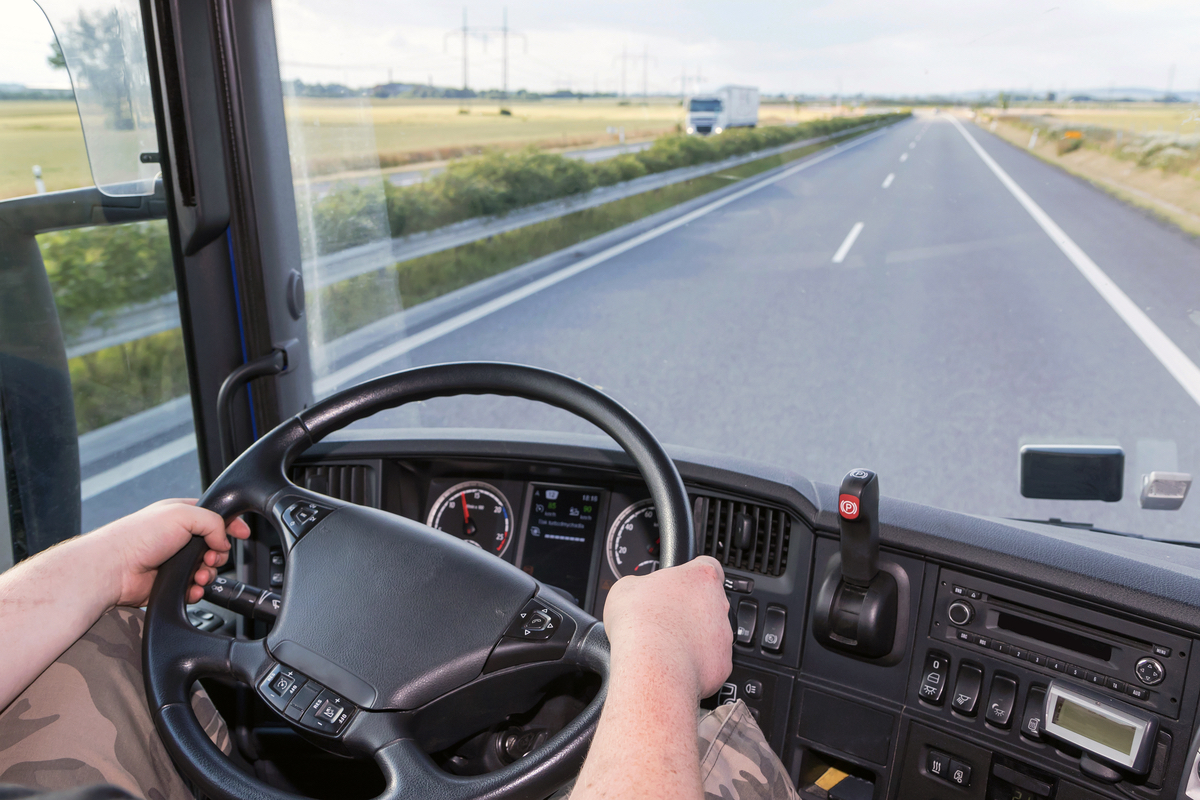
An event data recorder (EDR) is the formal name for a data collecting device commonly known as a ‘black box.’ EDRs monitor vehicle functions and are programmed to begin recording technical vehicle data when certain triggering events occur.
Black box data is often sought during investigations after an airplane crashes. The black box is programmed to record information just before, during, and after an accident. The information collected helps investigators determine the cause of an accident so that mistakes or malfunctions can be identified and safety can be improved
Using devices to record technical vehicle data began in the late 1800s on trains. But it was from the use by the aviation industry that the term black box became recognized as a device that records information when catastrophic events occur. Event data recorders were first used in passenger cars in the 1970s to gather data about the workings of the new airbag technology.
Manufacturers began including EDRs in big trucks in the mid-1990s. Most heavy trucks do not use airbags so the event data is collected a bit differently than in passenger vehicles. Large trucks are also not required to use standardized EDRs, and how the data is collected and retrieved can vary among manufacturers.
Despite some issues with the type of data collected and accessing the data after a crash, the data recorded by heavy truck EDRs can provide valuable information that not only helps to improve safety but can also help to establish relevant facts in a personal injury case.
Event data recorders do not record audio or video data. They record only the technical data they are programmed to record. And they only record data when an event occurs that triggers them to start recording. Recorded data is then stored for a period of time.
The EDRs on heavy trucks are not programmed to collect data specifically in crashes, and there is no standardization as to what data will trigger event recording. Heavy truck EDRs collect data pertaining to the following:
A big difference between the data collected by heavy trucks and that of passenger vehicles is that car EDRs may be triggered by vehicle acceleration and can record information useful in determining the direction of force for the crash. Heavy truck EDRs are not triggered by rapid acceleration. As a result, truck accident investigations involving the data from a truck’s black box require greater reliance on the evaluation and interpretation by accident reconstruction experts.
Oklahoma does not have any laws that specifically address the reliability of EDR evidence, but the information provided by the devices is generally recognized as credible. However, the facts recorded by an EDR rarely prove anything on their own and typically require interpretation to establish their relevance to the circumstances of a particular crash.
The data collected by an event data recorder is generally not accessible until it is retrieved using software that is specially designed for that purpose. Most truck engine manufacturers have their own extraction software. The person extracting information from a large truck’s EDR needs to know both how to use a particular manufacturer’s software as well as how the recorded information relates to the cause of the accident.
Truck event data does not offer definitive proof of exactly how an accident happened but it can be used by truck crash reconstructionists in their overall analysis as they try to recreate the crash. Accident reconstruction involves collecting as much factual data about a crash as possible and then using science to arrive at a likely explanation of how it happened.
The data retrieved from a heavy truck’s black box can provide some important factual information about what a truck was doing just before the crash happened. That information, along with other factors such as evidence at the accident scene, damage to the vehicles, and injuries sustained, is used by reconstruction experts to formulate an opinion as to the level of responsibility of the truck, the truck’s driver, or someone else have for causing the accident.
The opinion of someone properly trained in accident reconstruction as to how a truck accident occurred can be very persuasive because it shows how established facts about what the truck was doing before the accident are combined with other circumstances to result in the event that took place.
While the data recorded by a truck’s black box may be very helpful in proving how a truck accident occurred, the information is not secure without agreement or a court order to preserve it. The data may be erased or recorded over – sometimes intentionally and sometimes through inadvertence.
In truck accident cases, it is essential to act quickly to protect the data that may have been recorded. For the truck data to remain reliable, access to it must be limited, so it is best that a truck is towed from the accident scene – even if it could be driven away. All parties to an accident need to be made aware as soon as possible that the truck’s event data recording will be sought as evidence.
For persons injured in accidents with large trucks, having the information from the event data recorder can provide valuable data to help prove what a truck’s driver was doing or not doing prior to a crash. Black box information may discredit other versions of how an accident happened – for instance, a truck’s driver may claim a truck was going the posted speed limit at the time of a crash but the truck’s EDR records a speed of 15 mph over the posted limit seconds before the crash.
Truck accidents can result in devastating injuries that require extensive medical care and completely disrupt a person’s life. Hiring an attorney experienced in handling truck accidents in Oklahoma will help to ensure that information critical to the success of a personal injury claim will be preserved and can be used to support an injured party’s recovery.